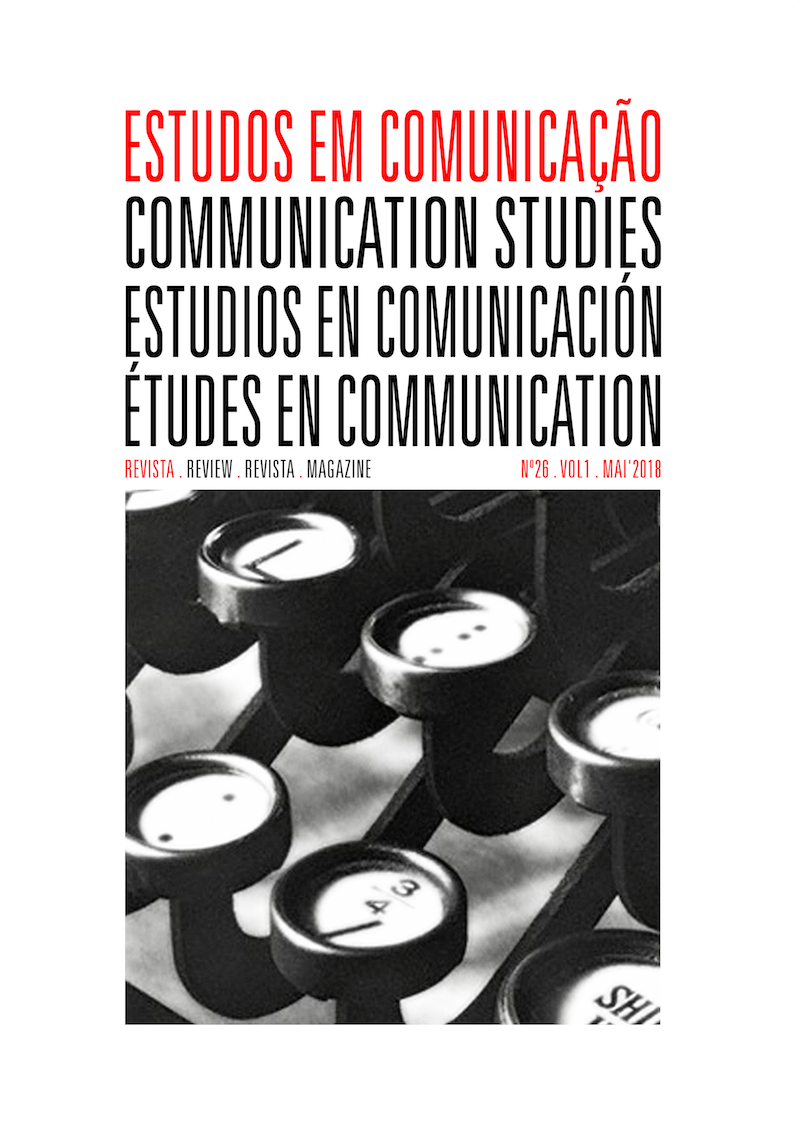Lei do Feminicídio e reconhecimento: Discussão crítica em torno dos remédios afirmativos para a violência de gênero
Keywords:
recognition theory, affirmative remedies, law of femicide, violence against womenAbstract
The Law of Feminicide, enacted in 2015, comes as a response to a series of international documents articulated by the United Nations to eradicate violence against women around the world. If on the one hand this typification is a victory of the feminist movement, on the other, criminalist authors criticize its limitations and wrong penalties. Based on Axel Honneth’s Theory of Recognition, which signals the existence of a legal sphere to be respected, and Nancy Fraser’s two-dimensional conception of social justice, which warns of the possibility of misrecognition arising from affirmative remedies for social problems, this article aims to provide reflections on the aforementioned law. In this spectrum, the importance of making violence against women public, and removing it from the exclusively private sphere, is highlighted. From Saffioti and other authors, the aspects and typology of gender violence were exa- mined briefly, as well as the legal conflicts centered in the discussion of the pertinence of the new legislation. It has been found that, despite the failures of the Law of Feminicide, even derived from affirmative remedies, its benefits can not be ignored and the theory mentioned assists in the necessary analysis of its implications.
References
Bandeira, L. (2008). Prefácio. In E. A. Blay, Assassinato de mulheres e direitos humanos, (pp. 7-13). Ed 1. São Paulo: Editora 34.
Beauvoir, S. de (2016). O segundo sexo: fatos e mitos. Ed 3. Rio de Janeiro: Nova Fronteira.
Blay, E. A. (2008). Assassinato de mulheres e direitos humanos. São Paulo: 34.
Buzzi, A. C. de M. (2014). Feminicídio e o Projeto de Lei no 292/2013 do Senado Federal. Florianópolis: Universidade Federal de Santa Catarina. Dissertação (Graduação). Disponível em: https://repositorio.ufsc.br/handle/123456789/122342. Acesso em: 5 set. 2016.
Campos, C. H. de (2015). Violência, crime e segurança pública: feminicídio no Brasil - Uma análise crítico-feminista. Sistema Penal & Violência, janeiro-junho, 7(1), 103-115. Porto Alegre.
Fernandes, M. C. C. (2015). A tutela penal patriarcal: por que a criminalização do feminicídio não é uma conquista para o feminismo?. Revista Transgressões, maio, 3(1), 131-149. Natal.
Fraser, N. (2000). Rethinking recognition. New Left Review, may-jun, 3.
Fraser, N. (2006). Da Redistribuição ao reconhecimento? Dilemas da justiça numa era pós-socialista. (Trad. J. A. Simões). Cadernos de Campo, (14/15), 231-239. São Paulo.
Fraser, N. (2007). feminist politics in the age of recognition: a two-dimensional approach to gender justice. Studies in Social Justice, Winter, 1(1).
Honneth, A. (2003). Luta por reconhecimento: a gramática moral dos conflitos sociais. São Paulo: Ed. 34.
Laky, T. T. de S. (2016). Feminicídio: uma leitura a partir da perspectiva feminista. Ex Aequo, 1, 13-29. Oeiras.
Passos, A. (2015). O feminicídio nas fronteiras da América Latina: um consenso?. Ecopolítica, maio-agosto, 12. São Paulo.
Scarance, V. D. F. (2015). Lei Maria da Penha: o processo penal no caminho da efetividade. São Paulo: Atlas.
Taylor, C. (1992). El multiculturalismo y “la política del reconocimiento”. México: Fondo de Cultura.
Waiselfisz, J. J. (2015). Mapa da violência 2015: homicídios de mulheres no Brasil. Brasília: Fa- culdade Latino-Americana de Ciências Sociais. Disponível em: www.mapadaviolencia.org.b r/pdf2015/MapaViolencia_2015_mulheres.pdf. Acesso em: 10 set. 2016.
Downloads
Published
Issue
Section
License
Estudos em Comunicação/Communication Studies is an Open Access journal. All its content is freely available without charge to the user or his institution. Users are allowed to read, download, copy, distribute, print, search, or link to the full texts of the articles in this journal without asking prior permission from the publisher or the author. Estudos em Comunicação, by Labcom, is licensed under a Creative Commons Atribuição-NãoComercial-SemDerivações 3.0 Unported License. By submitting your work to Estudos em Comunicação/Communication studies you confirm you are the author and own the copyright, that the content is original and previously unpublished, and that you agree to the licensing terms.


